Photo by Åsa Strand.
On January the 28th, representatives from 13 different companies joined Dr. Åsa Strand, of IVL Swedish Environmental Research Institute, in a workshop to expand the production of native flat oysters (Ostrea edulis) in Sweden. Currently, this species is underexploited due to limited seed availability and inadequate culture systems. Strand is the leader of the case study on oysters and the work package on environmental monitoring and sustainability in AquaVitae.
Expanding the production of native oysters in Sweden
“The large interest shown by the Swedish aquaculture industry for this meeting really demonstrates the will and potential for expanding aquaculture of low-trophic species and oyster culture in Sweden and that there is a huge need for intensified collaboration and knowledge transfer between research and industry”, says Strand.
AquaVitae case study on oysters has an international scope, with undergoing work on both sides of the pond, Sweden and Brazil, to increase the culture of native and non-native oyster species. In Sweden, this case study looks for optimised protocols for hatchery and sea based production of oyster. To achieve this, they work on:
– alternative methods to collect wild settled oyster spat,
– developing better culture techniques adapted to local conditions,
– improving product quality by removing organisms living on shells, as barnacles or worms, that diminish the value of the oyster
– developing a cost-benefit analysis of these activities
Participants valued the meeting as highly interesting for expanding the industry’s knowledge on culture systems from an international perspective and to support further collaboration.
During the workshop, many stakeholders raised the question of public resistance to aquaculture, even to environmentally friendly aquaculture such as oyster farming, primarily as a result of visual pollution caused by the culture structures. “One of the systems selected for the trial was therefore bottom-based, as this may alleviate the conflicts caused by surface based structures. This, however, also raised the question how the licensing authorities would handle applications for large scale bottom-based culture structures of oysters in Sweden, an activity the authorities have never encountered before”, says Strand.
Next steps in Sweden
The vast majority of the participants in the workshop (99%) decided to join the culture trials that will be developed in the framework of AquaVitae. On May 2020 a limited number of companies will start the trial for a small scale nursery system for flat oyster seed. Later, in August and September up to 12 companies will join the trial. The process will run for approximately 2 years during which farmers will execute the sampling according to the agreed protocol and two follow-up meetings will be organised.
Challenges in oyster culture in Sweden and Brazil
Most oysters cultured in the Atlantic are invasive oyster species. Culture of higher value native species as Ostrea edulis in Sweden and Cassotrea gasar in Brazil would require more availability of seed, culture systems adapted to local conditions and higher quality products. Furthermore, there are also policy barriers in Sweden, where the non-native species Pacific oyster (Magallana gigas) is considered as an alien species and, therefore, its culture is not allowed. Diversification of the species cultivated will contribute to increase the resilience to diseases outbreaks and climate change.
The meeting has attracted interest from neighbouring areas (e.g. Norway), and we hope to initiate similar activities based on the developed concept with Norwegian collaborators. A similar study will also be performed in Brazil. The number of stakeholders to be involved is, however, yet to be determined.
Pacific oyster culture in Scandinavia
Interested on oyster culture in Scandinavia? Åsa Strand has also participated in this policy brief by the Nordic Council with a summary of the status for the non-native Pacific oyster in Scandinavia and recommendations for the future: http://bit.ly/2UA1Onx














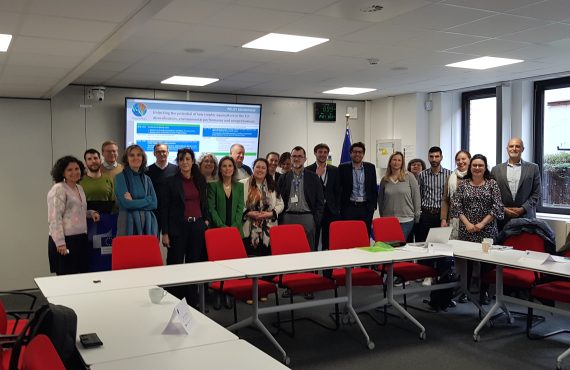


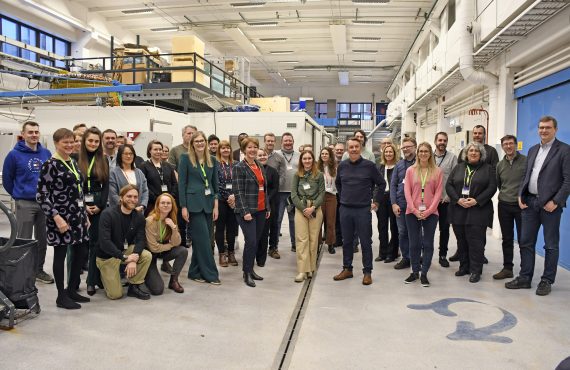



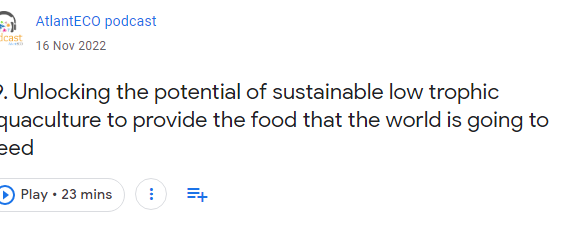
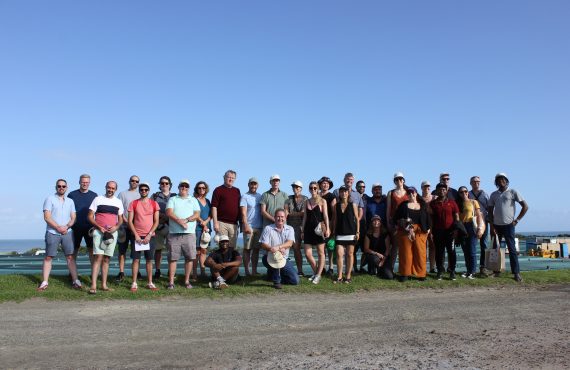
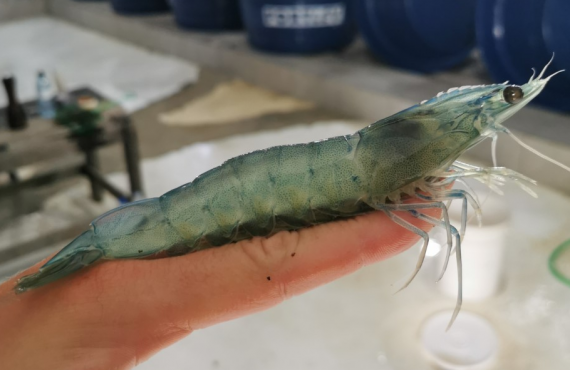



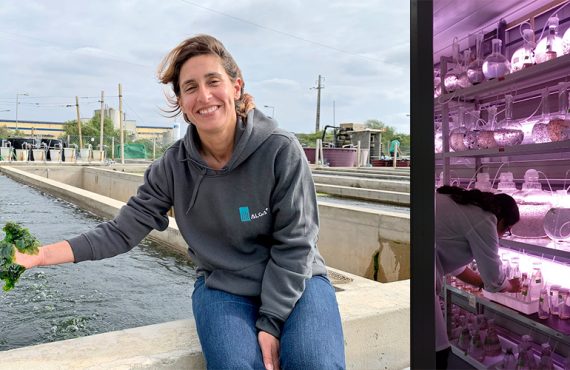




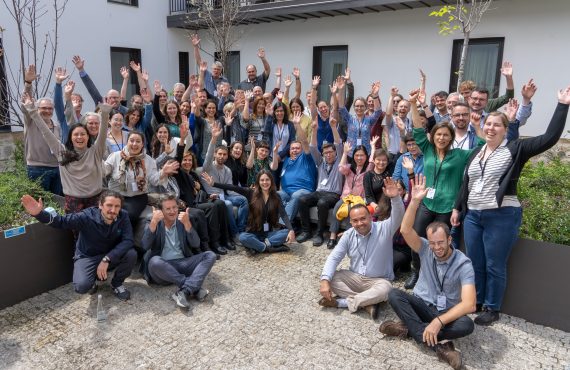



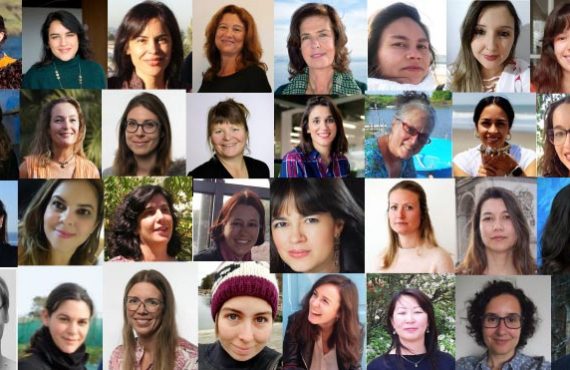
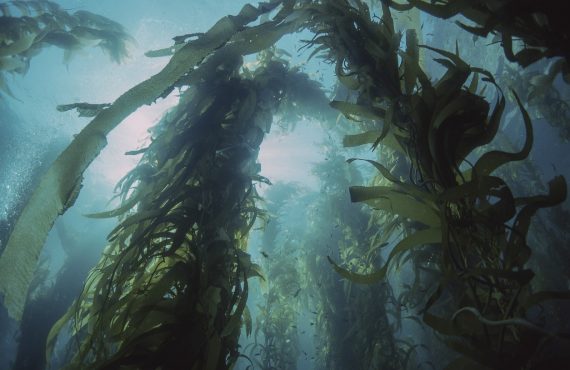


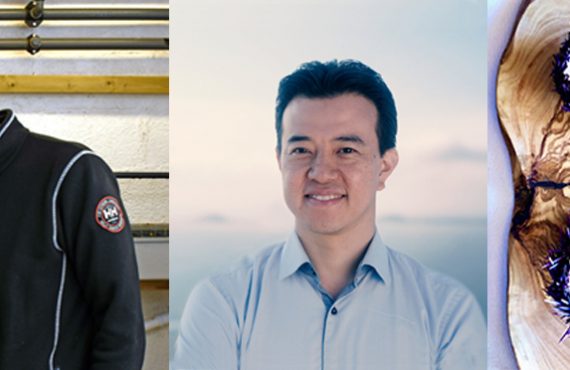






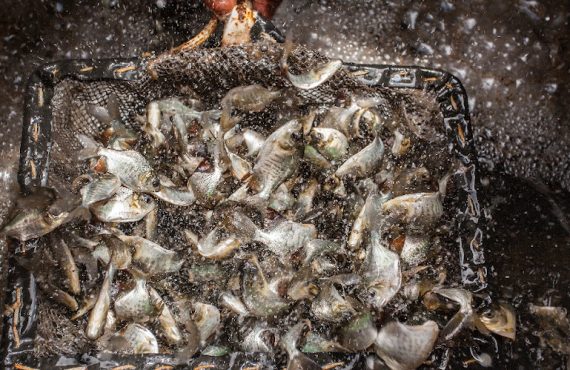
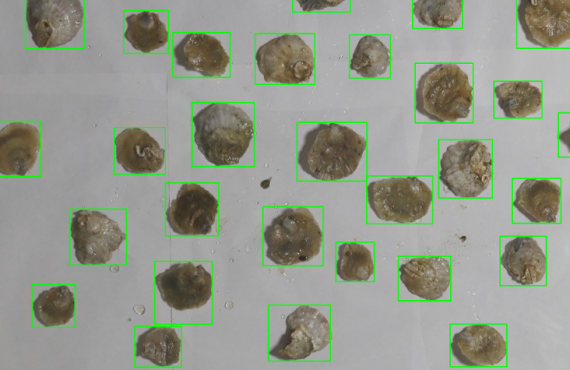

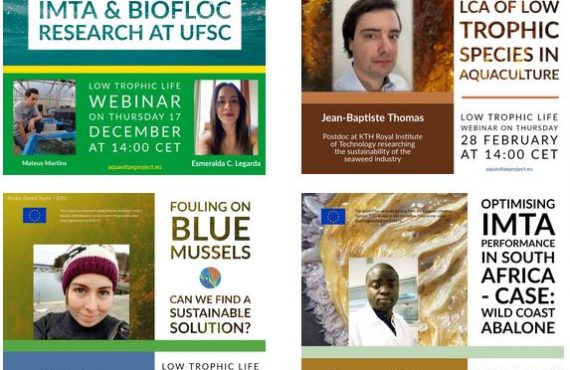
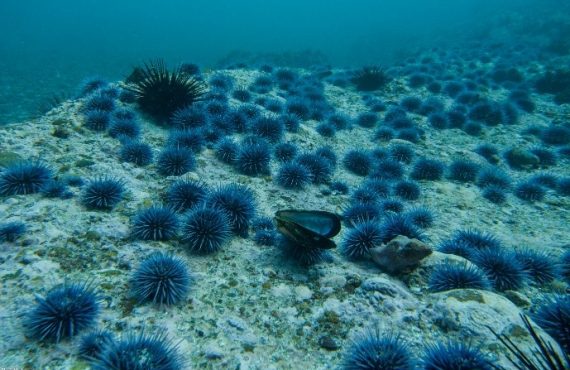














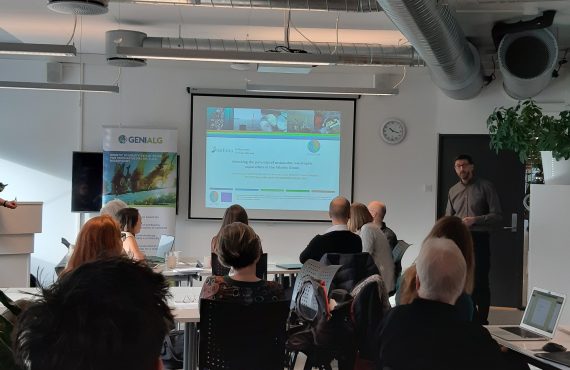
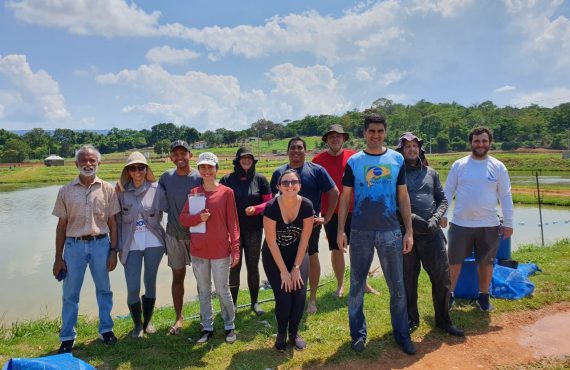






No comments yet.